How to establish an domestic waste sorting plant
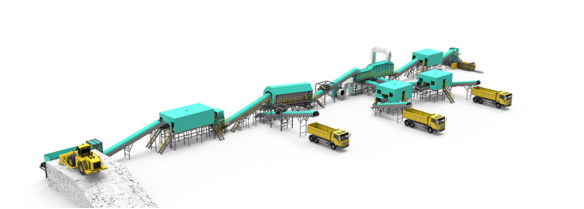
Establishing a domestic waste sorting system involves several key steps to ensure its effectiveness and sustainability. Here’s a structured plan to get you started: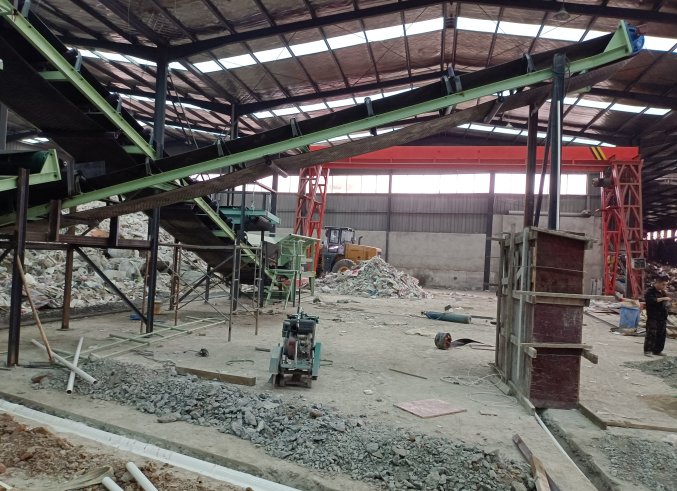
1. **Assessment and Research**
- **Current Waste Analysis:** Assess the types and quantities of waste generated in your area.
- **Community Needs:** Understand the community's preferences and readiness for waste sorting.
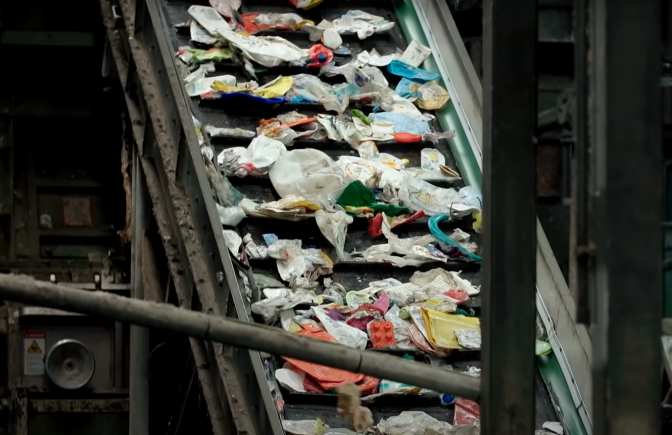
2. **Set Clear Objectives**
- Define what you aim to achieve (e.g., reduce landfill waste, increase recycling rates, educate the community).
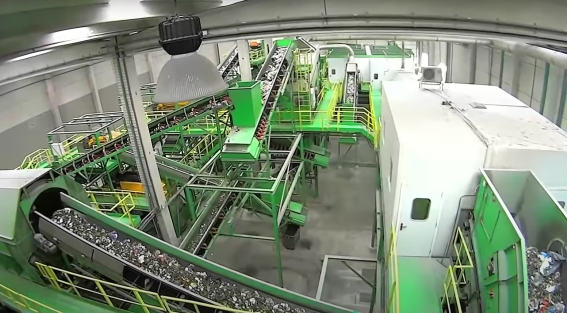
3. **Education and Awareness**
- **Information Campaigns:** Launch educational programs to inform residents about the importance of waste sorting.
- **Workshops and Events:** Organize workshops to demonstrate proper sorting techniques and benefits.
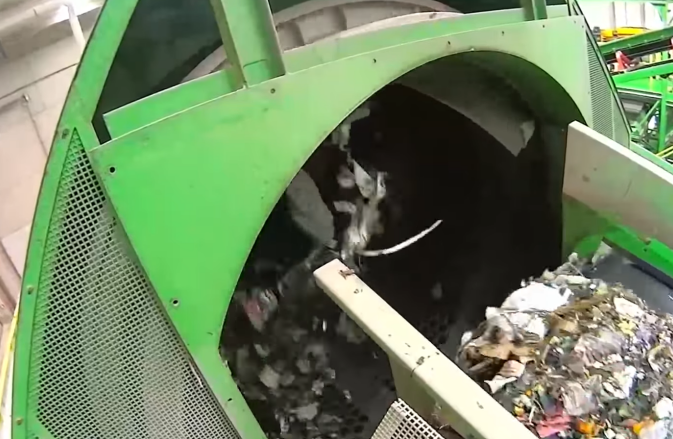
4. **Design the Plant**
- **Process Flow:** Outline the waste sorting, processing, and recycling methods (e.g., composting, material recovery).
- **Technology Selection:** Choose appropriate technologies for waste treatment based on waste types (e.g., shredders, separators).
- **Facility Layout:** Design the layout for efficiency, safety, and compliance with environmental standards.
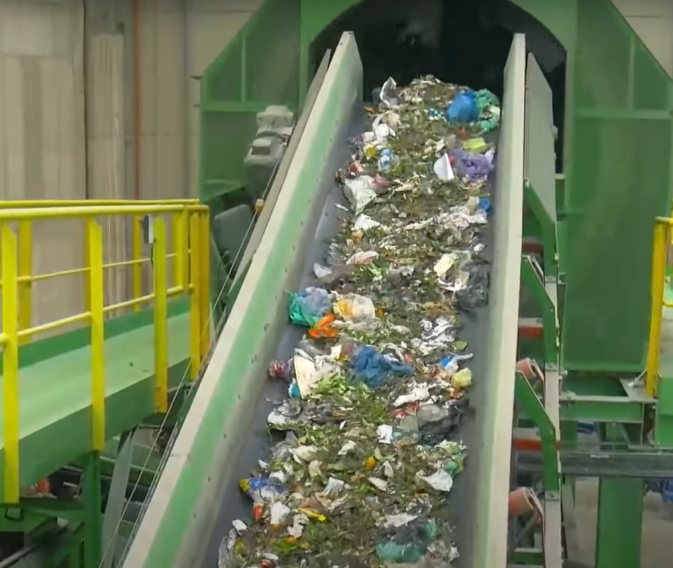
5. **Secure Funding**
- Explore funding options, including government grants, public-private partnerships, and loans.
6. **Regulatory Compliance**
- Obtain all necessary permits and licenses before construction.
- Ensure compliance with environmental regulations and safety standards.
7. **Construction and Setup**
- Hire contractors and oversee the construction of the facility.
- Install equipment and establish operational protocols.
8. **Recruit and Train Staff**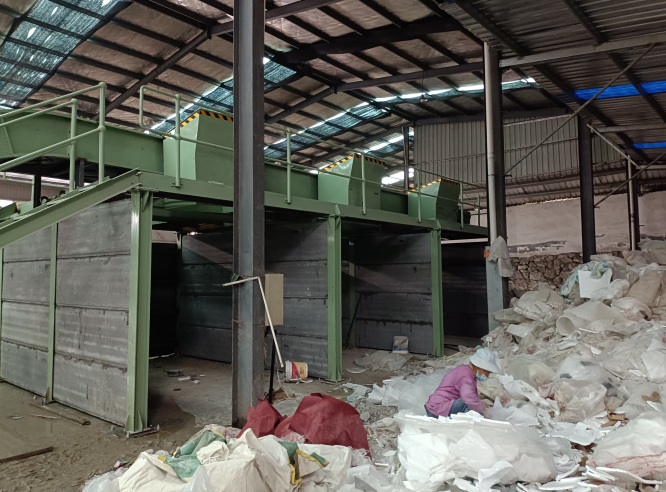
- Hire personnel for various roles, including management, operations, and maintenance.
- Provide training on waste handling, safety procedures, and equipment operation.
9. **Implement Operations**
- Start with a pilot phase to test operations and gather feedback.
- Gradually ramp up to full-scale operations based on initial results.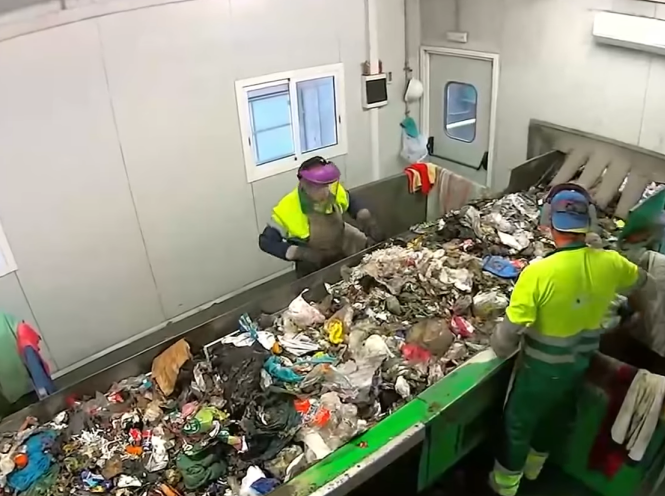
10. **Monitoring and Evaluation**
- Establish metrics to evaluate the plant's performance (e.g., waste processed, recycling rates).
- Regularly assess operations and make adjustments as necessary.
11. **Long-term Sustainability**
- Develop strategies for ongoing maintenance and improvements
- Explore additional waste reduction and recycling initiatives to enhance the plant’s impact.
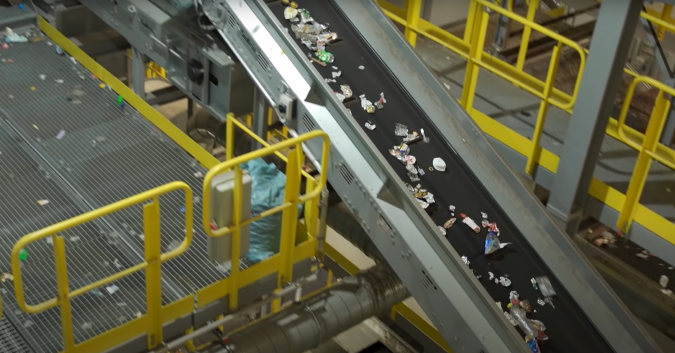
-
 Trommel screenTrommel screen, also known as drum screens, are widely used in various industries for sorting and separating materials.Get Quote
Trommel screenTrommel screen, also known as drum screens, are widely used in various industries for sorting and separating materials.Get Quote -
 Crop straw double shaft shreddApplications:Biomass Energy Production: Shredded straw can be used as a feedstock for bioenergy plants to produce electricity or heat.Livestock Feed: Reduced-si...Get Quote
Crop straw double shaft shreddApplications:Biomass Energy Production: Shredded straw can be used as a feedstock for bioenergy plants to produce electricity or heat.Livestock Feed: Reduced-si...Get Quote -
 Zhongcheng Air Drum SeparatorAir drum separators effectively separate lightweight materials (e.g., plastics, paper) from heavier materials (e.g., metals, glass). This high efficiency is cru...Get Quote
Zhongcheng Air Drum SeparatorAir drum separators effectively separate lightweight materials (e.g., plastics, paper) from heavier materials (e.g., metals, glass). This high efficiency is cru...Get Quote
-
2024-06-09Advantages of Using Drum Screening Machines in Waste ManagementUnderstanding the working principle of drum screening machines is essential to appreciate their efficiency and effectiveness in waste management. Operation and ...
-
2024-10-23Solid waste recycling plantOur company engaged in waste sorting system . We are professional about waste sorting system . We have professional technical team. Professional technical team...
-
2024-08-12The Advantages of Horizontal Baling TechnologyA horizontal baler, also known as a horizontal baling machine, is a piece of equipment used for compressing materials and wrapping them into bales. This process...
-
2024-08-22Medical waste shredderWorking Principle:Feeding Mechanism: Medical waste is fed into the shredder through a hopper or chute. The feeding mechanism ensures that the waste is introduce...
-
2024-07-12Crush to Create: The Ultimate Eco-Friendly Plastic Shredder RevolutionThe working principle of a plastic shredder is mainly to tear large plastic materials into small pieces or fragments through mechanical force, in order to facil...



